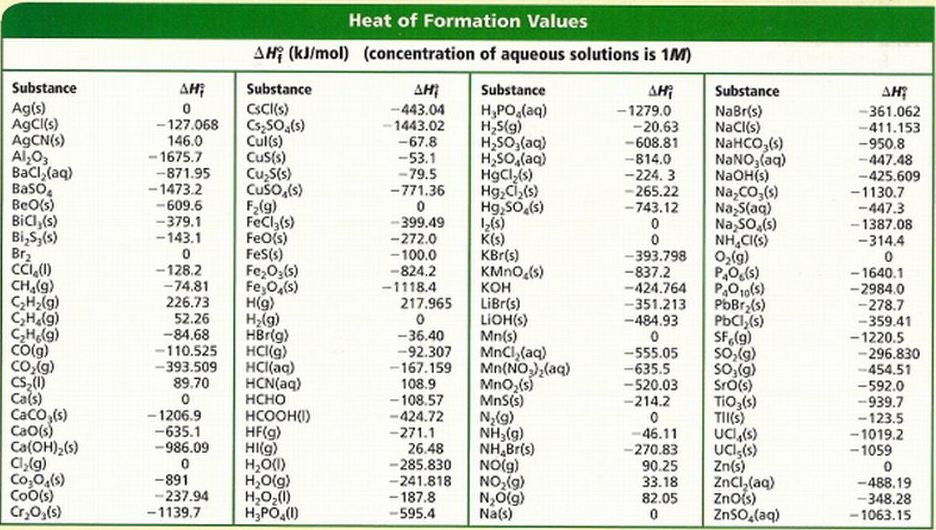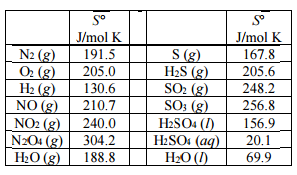

Based on studies in patients with metastatic gastric cancer, oxaliplatin has replaced cisplatin in the curative setting as well. (1) Background: Perioperative chemotherapy is the current standard treatment for patients with resectable gastric cancer. This finding has repercussions for continuing engineering education (CEE) programs and regulatory bodies in India in terms of enhancing course content and the results may be used in developing affirmative programs in other regions. Engineering branch may play a relatively more important role than gender in terms of impact. This may be due to the high demand for digital engineering skills, and strong family support in Indian society. Through the use of ethnographic and statistical research methods on secondary and primary data from a sample of 384 engineers, this paper shows that the impact of COVID-19 is not significantly different between genders in engineering education and employment. The impact of such stigma varies in different countries based on socio-cultural factors. Such an impact may be explained by ‘intersectional stigma’, expanded upon in the literature on discrimination. With this in mind, this paper investigates whether women engineers in India were more adversely affected than their male counterparts by the COVID-19 pandemic. There is evidence of greater gender equality as a result of the COVID-19 pandemic and precautionary lockdown measures. This should be performed through populational surveys which enable the collection of a greater quantity of more consistent information with a view to designing prevention and intervention CB programs that are targeted and adapted towards the characteristics of the target population.Įngineering is traditionally considered a male domain with lower female participation despite various affirmative actions taken in recent decades.

Given the large variation in the rates seen between the different examined studies, in addition to the increase over recent years in the prevalence rates of the different examined dimensions of cyberbullying, it would be useful to deepen research into the causes of these differences and the factors associated with each of the dimensions. Meta-analysis-pooled prevalence showed rates of 9.62% and 11.91% for cybervictimization and cyberperpetration, respectively. The rate of cybervictimization perpetration was 4%. Rates ranged between 2.8–31.5% for cybervictimization, between 3.0–30.6% for cyberperpetration, and between 13.0–53.1% for cyberbystanding. Seven studies with data from 25 countries were included. We considered observational studies that provided data on cyberbullying prevalence and/or associated factors. Bibliographic searches were conducted on main electronic databases for studies until November 2021. The aim of this study is to conduct a systematic review and meta-analysis to summarise the current state of empirical research and establish an up-to-date estimate of the prevalence of cyberbullying through the gathering of self-reported experiences from representative population samples from EU countries.


 0 kommentar(er)
0 kommentar(er)
